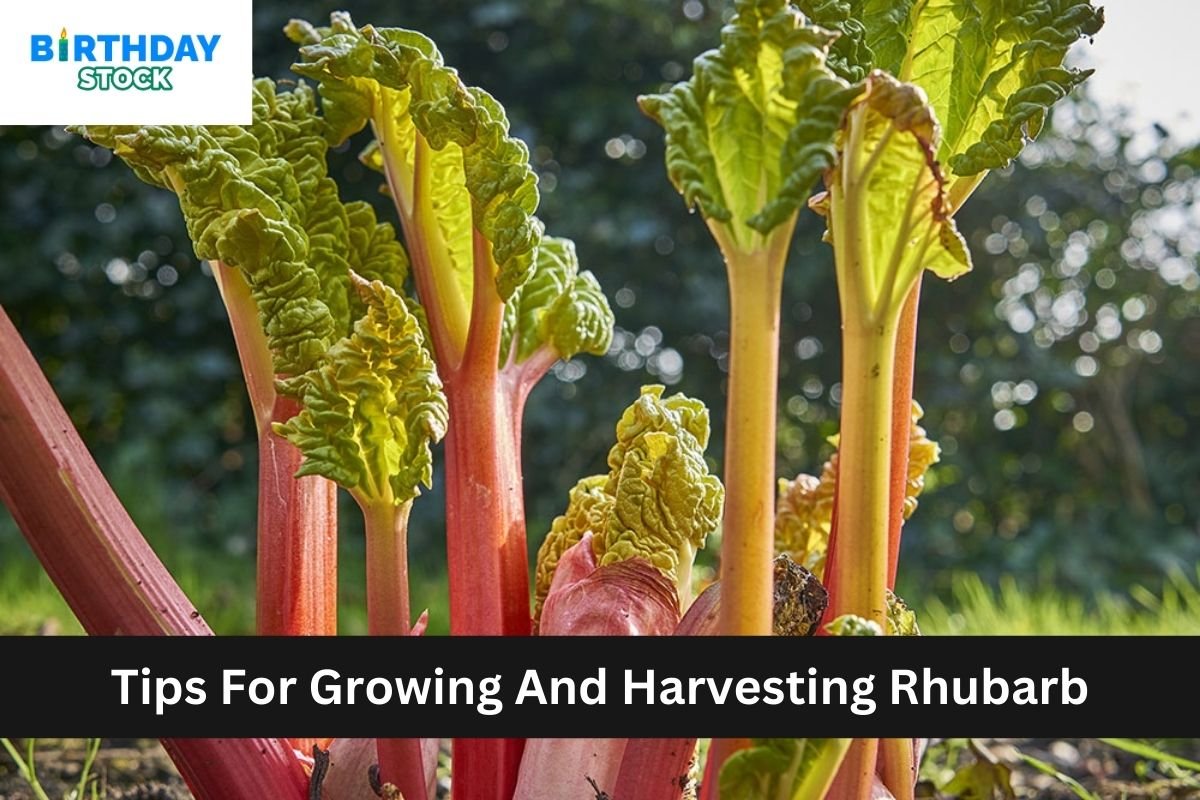8 Tips For Creating A Beautiful Pollinator Garden :- A lovely pollinator garden is a worthwhile project that benefits the important ecosystems that pollinators depend on in addition to adding visual value to your area. A vital part of many plant reproduction, pollinators including bees, butterflies, hummingbirds, and other helpful insects support biodiversity and food supply. Eight pointers to help you design a beautiful and functional pollinator garden.
8 Tips For Creating A Beautiful Pollinator Garden
A rewarding project, creating a beautiful pollinator garden supports the vital ecosystems that pollinators depend on in addition to improving the visual appeal of your area. Bees, butterflies, hummingbirds, and other helpful insects are among the pollinators that are necessary for the reproduction of many plants, hence enhancing biodiversity and food output. The eight recommendations that follow will help you design a useful and aesthetically pleasing pollinator garden.
Also Read :- Artichoke, Sun Dried Tomatoes and Goat Cheese Pizza Recipe Learn under Expert Guide
1. Select native plants
The foundation of any effective pollinator garden is native flora. These plants are ideally suited to the climatic and soil characteristics of your area since they have coevolved with nearby pollinators. They are more resilient to illnesses and pests and require less upkeep. Native plants found in North America include goldenrods, milkweed, coneflowers, and black-eyed Susans. Identify the native plants that grow well in your region and include a range of them in your garden.
2. Grow a Range of Blooms
Attracting a diverse range of pollinators requires diversity. Planting a diversity of forms, colours, and sizes of flowers will appeal to more species, as various pollinators are drawn to different kinds of flowers. For a consistent food supply throughout the growing season, incorporate plants that bloom at various times. This guarantees that from spring through autumn, your garden will be a hive of activity.
3. Offer Refuge and Nesting Areas
A location to live and breed is necessary for pollinators. Include elements that will allow bees and other insects to build their nests, such as dead wood, brush heaps, and bee hotels. Bees that nest on the ground should have access to some bare land. Birds and butterflies can find cover and roosting places among dense bushes and trees. Various pollinators’ lifecycle requirements will be supported by the creation of a diverse habitat.
4. Steer clear of pesticides
Pollinators may suffer damage from pesticides. Use natural pest control techniques rather than chemical ones. Introduce helpful insects like ladybirds and predatory beetles that feed on garden pests. Eliminate pests by hand or apply natural remedies such as insecticidal soap or neem oil. Diverse plant life and healthy soil will also aid in controlling pest numbers.
5. Include Water Sources
Water is essential to pollinator survival. Provide supplies of shallow water, such as bird baths, little ponds, or shallow dishes that are wet. In order to provide insects with a safe area to land and drink, add stones or pebbles to the water sources. To maintain the water clean for your garden’s guests and to stop mosquitoes from breeding, constantly refresh the water.
6. Make use of group plantings
Instead of planting lone plants all throughout the garden, group flowers together. Pollinators find it easier to locate and access flowers when they are grouped together among species. Bigger colour blocks can make your landscape look more dramatic and are more appealing to pollinators. At least three to five plants should be grouped together.
7. Establish Zones and Layers
Create distinct zones and strata in your garden design to resemble natural habitats. Add a variety of shrubs, trees, herbaceous plants, and ground covers. Numerous options for nesting and foraging are made possible by this vertical diversity. By acting as windbreaks, taller plants can improve the environment for pollinators.
8. Instruct and Involve
To increase awareness of the value of pollinators, show off your pollinator garden to the people in your neighbourhood. Put up educational signs, give garden tours, or join neighbourhood garden groups. Urge people to make their own environments that are beneficial to pollinators. Getting involved in your neighbourhood can increase the beneficial effects on pollinator populations and encourage group conservation efforts.















